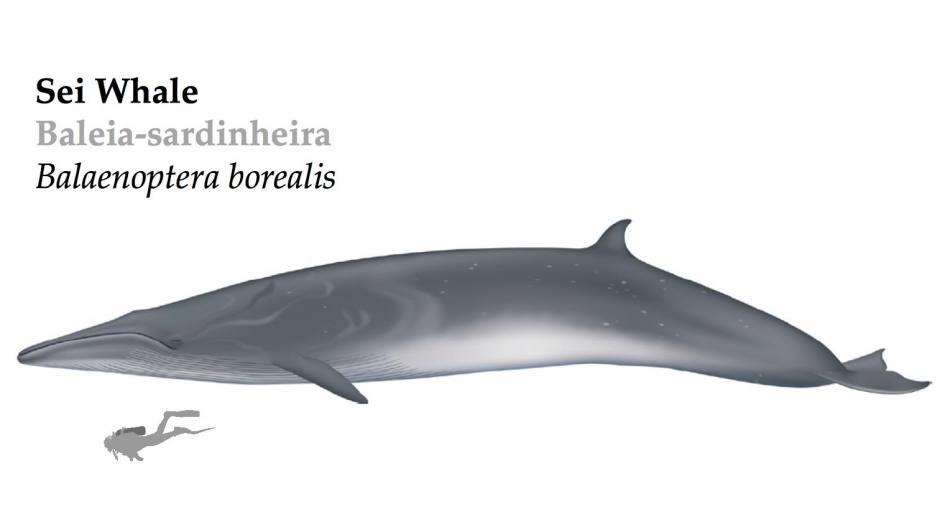
Sei Whale is the third largest animal after the Blue Whale and the Fin Whale. « Sei » is the Norwegian word for pollock Pollachius sp., a North Atlantic marine fish. Sei whales are used to appear off the coast of Norway at the same time as the pollock do, both coming to feed on the plankton.
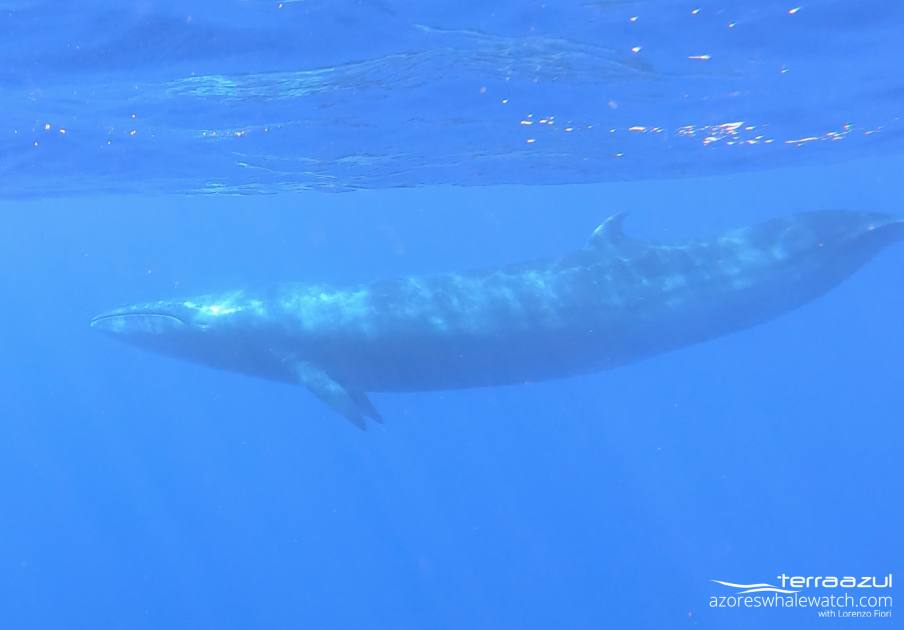
Sei Whale (Balaenoptera borealis).
CHARACTERISTICS
- Latin name : Balaenoptera borealis
- Suborder : Mysticeti
- Family: Balaenopteridae
- Length : typically 15 meters, but can reach up to 20 meters
- Weight : 20 to 30 tons
- Dive time : up to 20 minutes
- Dive depth: up to 40 meters
- IUCN Status: Least concern
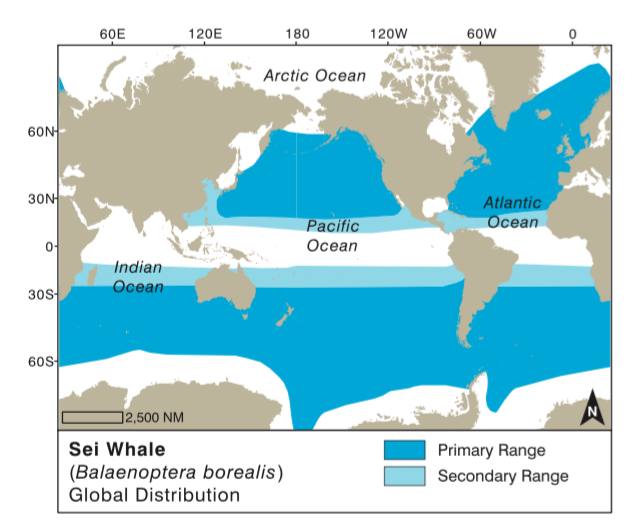
DESCRIPTION
Color: The body is grayish-blue, dark grey or even sometimes black.
Head: Only one central ridge on the top of the head.
Fins: The dorsal fin is tall, falcate and strongly concave, positioned at around two third of the body.
Baleen plates: Dark color. From 300 to 350 baleen plates on each side of the upper jaw in whales of the North Atlantic and from 220 to 400 baleen plates in whales of the Southern Hemisphere .
Ventral grooves: 32 to 62 , they do not reach the navel.
Blow: Up to 3 meters
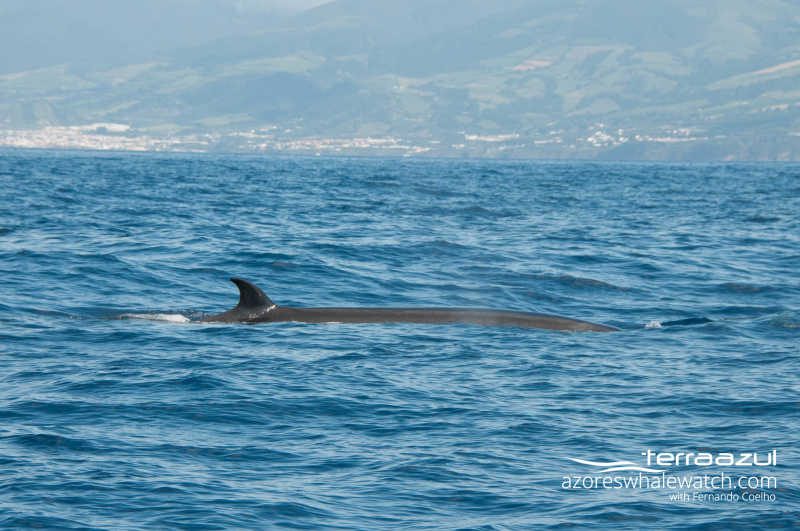
Dorsal fin of a Sei Whale (Balaenoptera borealis).
LIFE HISTORY
DIET
Sei Whales feed almost exclusively on krill and copepods, but also on small fish, squid.
REPRODUCTION
Sexual maturity is reached at around 5-10 years (female) and 7-12 years old (male). Breeding and calving take place towards te end of Fall/beginning of Winter (for the Northern Hemisphere). Females give birth to calves every 2 to 3 years and the gestation lasts about 10-13 months. At birth, a new born measure around 4.5 meters.
SOCIAL BEHAVIOR
Sei Whales are usually solitary or sometimes in small groups from 2 to 5 individuals. They are considered one of the fastest whale:on short distance, they can reach 50 km/hour. It is a migratory species moving from colder feeding grounds to the equatorial temperate water for breeding and nursing.
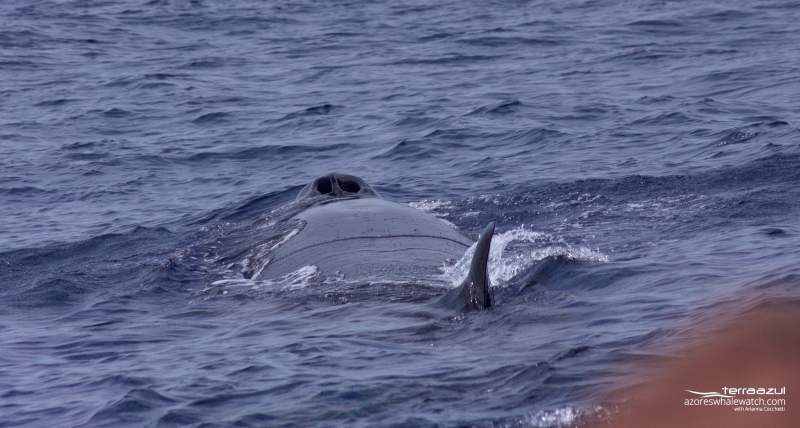
Surfacing Sei Whale (Balaenoptera borealis) showing its blowholes and dorsal fin.
VOCAL BEHAVIOR
Sei Whales’ vocalization are poorly known. Downsweep (around 34 to 82 Hertz) and upsweep (around 200 to 600 Hertz) pulsed calls have been recorded in North Atlantic. You can listen a Sei Whale communicating in this recording collected by NOAA Fisheries.












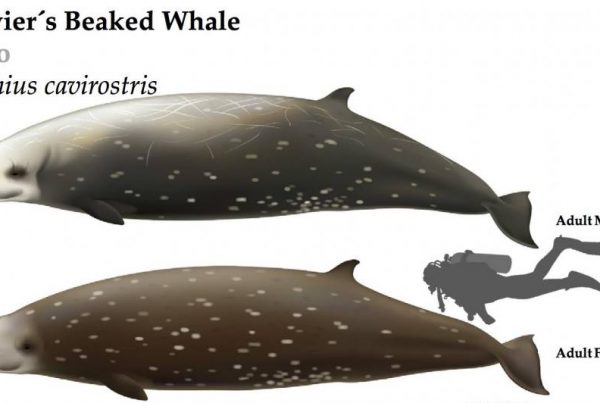
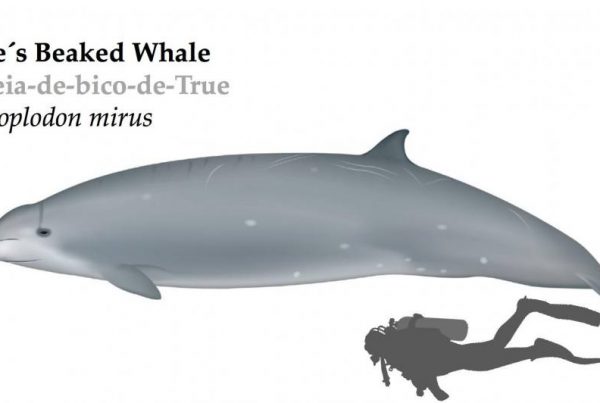
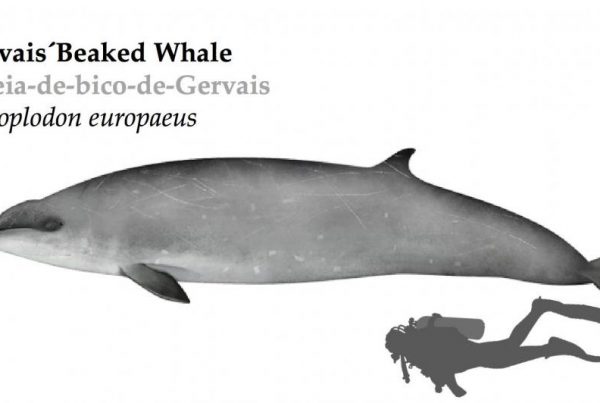



Your thoughts on this?